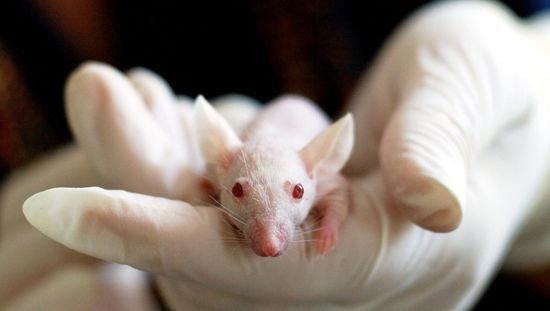Mashup: A Funder Puts Diverse Scientists Together To See What They Come Up With
/
The Research Corporation for Science Advancement is a fascinating science funder in a lot of ways, much more so than its rather vanilla name suggests. For starters, it’s over 100 years old, founded just a year after the Carnegie Corporation. It was initially created as a way to funnel one inventor’s patent profits toward other research, but later expanded to become a patent manager for MIT and other schools, and drew funds from other inventors who donated their patents.
Today, it sticks entirely to philanthropy, making $3.5 million in grants last year to a mix of research and education, and quite a bit to the combination of the two.
Related:
- How the Research Corporation for Science Advancement Puts the Science Back in Science Education
- Research Corporation for Scientific Advancement: Grants for Science Education
Its biggest fundraising initiative is the Cottrell Scholars program, which has itself been around for more than 20 years. But its other major program, established in 2010, is a creative approach to planting seeds in uncharted areas of research.
Scialog (I think you get it) selects a particular area of research that stands to benefit from crossing disciplines, then rounds up a bunch of early-career scientists in those disciplines for a conference in sunny Southern Arizona to see what they can cook up.
The early career part is important, because Scialog intends not so much to continue established, incremental work in a subject, but to set in motion ambitious lines of research among scientists with years of their best work ahead of them. At each conference, researchers can form teams and submit proposals, some of which are then funded by RCSA and often by partner foundations.
To give one example, the topic “Molecules Come to Live” bridges molecular physics and cellular biology in hopes of gaining insights into how biological processes work. This Scialog topic—there are three so far—has been the focus of two conferences and most recently resulted in a round of nearly $1 million in grants in July. The previous year’s conference awarded $731,000. Funding for this topic is shared with the Moore Foundation and the Simons Foundation.
Another funding area is “Time Domain Astrophysics,” a field that collects data on astronomical events happening over relatively short periods of time, such as exploding stars and gamma-ray bursts. This area shows a lot of potential due to advanced telescopic arrays like the Large Synoptic Survey Telescope (also funded in part by RCSA) that collect massive stores of data collected from across the night sky.
Related:The Philanthropy of Stargazing: We're In a New Golden Age of Mega Telescope Projects
The earliest Scialog focused on solar energy conversion, looking for big leaps in the efficiency with which we can turn solar energy into electricity.
One of the major running threads in the Scialog grants is the desire to mash together theoreticians and experimentalists. By taking big theoretical concepts and models of how things work and pairing them with observational work, the program seeks to unlock new lines of research and establish new teams of multidisciplinary scientists to pursue them.
This is a particularly important concept for science philanthropy—for one, because there’s some evidence that projects crossing disciplines, while among most exciting and promising work happening, face bigger hurdles to gaining traditional funding. The fact that Scialog funds work in emerging fields also attempts to overcome common hurdles in public funding.
But one of the coolest things about the program, a practice we see embraced by some leading research funders, is simply the power of getting scientists into a big room together and seeing what happens.
Related:








